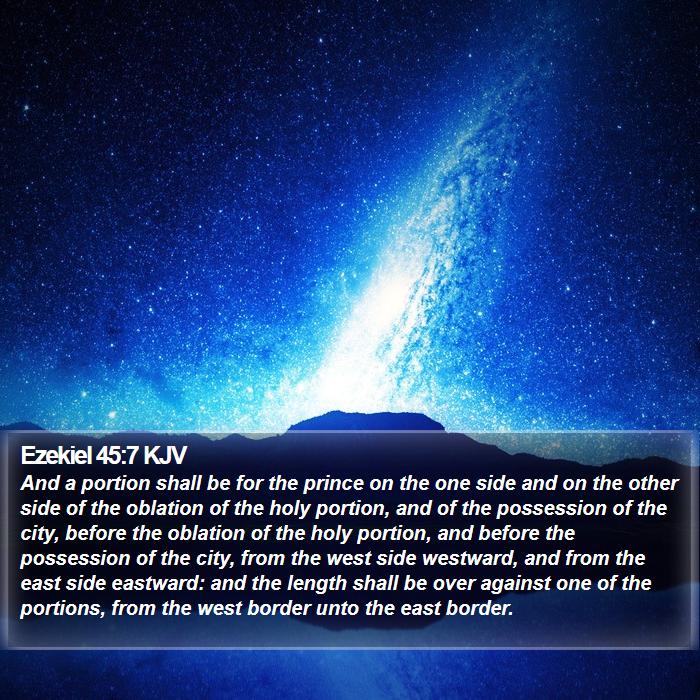

The results suggest that the hypothesis of stationary ENSO impacts should be applied cautiously to the past.Įl Niño–Southern Oscillation (ENSO) is a naturally occurring fluctuation that originates in the equatorial Pacific and arises from ocean–atmosphere interactions ( Bjerknes 1969 Neelin et al. The aforementioned changes are linked to the altered climatic background during the LGM, which features a 16° eastward shift for the Pacific Walker circulation rising branch and a weakened waveguide in the midlatitudes. Spatially, there is a zonal contraction of 13° for the sea surface warming of ENSO, as well as eastward migration over 10° for the ENSO-induced positive precipitation anomaly center over the tropical Pacific and the PNA teleconnection pattern outside the tropics. According to multimodel medians, ENSO impacts on precipitation and near-surface air temperature are attenuated over most regions of concern, with percentage changes in both parameters averaging −21% for the whole region the ENSO-induced Pacific–North America (PNA) teleconnection pattern is weakened, manifested by the 41% diminished center over the North Pacific and the almost vanished activity centers over the continent.


Compared to the preindustrial period, the ENSO impacts are revealed to weaken and shift eastward during the LGM. Using four models within phase 3 of the Paleoclimate Modeling Intercomparison Project framework that well reproduce ENSO-induced variabilities, differences from the preindustrial period to LGM in the ENSO-related sea surface temperature pattern and its impacts are investigated. This paper attempts to investigate whether the assumption is valid during the last glacial maximum (LGM) over the region 60°S–90°N, 60☎−60°W. The assumption of a stationary global signal linked to El Niño–Southern Oscillation (ENSO) events is often used in paleo-ENSO proxy data interpretation. The longitude of the rising-branch shift is measured using the average longitude difference of the positions where values of the 5°S–5°N equatorial mean state of 500-hPa vertical velocity ( Fig. The red asterisk indicates the four-model median, which does not join the computation of correlation. The correlation coefficient and p value are shown in the bottom-right corner of each panel.
#EASTWARD LENGTH SERIAL NUMBERS#
The black squares represent individual models whose serial numbers can be found in Table 1. (b),(d),(f) As in (a), (c), and (e), but for vertical velocity ( ω). The relationship between the longitude of the movements of the background Pacific Walker circulation (PWC) rising branch in DJF vs LGM minus PI differences in DJF Niño-3.4 index-regressed anomalies in DJF over the equatorial Pacific 5°S–5°N, including (a) the longitude of the positive precipitation anomaly ( P′) center shift, average values of associated (c) positive differences (Δ P′) over the east and (e) negative differences over the west, (g) the longitude of ENSO-induced sea surface warming contraction, and (h) the associated decrease in its amplitudes (ΔSST′).


 0 kommentar(er)
0 kommentar(er)
